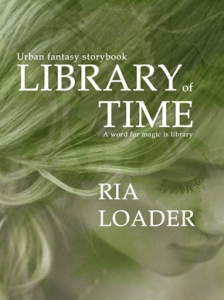I have a bunch of sources that I use for images for blog posts and cover inspiration. For the most part, I purchase images and then modify them or resize them, however, sometimes the free sites can surprise you with incredible image content. I tend to avoid using search engines to find images for professional work though if I’m going to use one, Bing.com has better image search and categorization.
I find that having a working cover for a book or article helps focus the words. Purchase happens later on in the process, once everything is much more nailed down.
Here are few of my favorite direct sites.
- Morguefile
This is a terrific free site. It is great for inspiration. The license allows you to repurpose images, combine them, modify them, or use as is. You can choose to include attribution, or not. It has a mix of photography, vector images and is great for landscapes. It may not always have book-sized images, but is great for blogs. When I was putting together a quick deck of inspirational images (3″ x 2.5″ think cards) it was one of my ‘go to’ places. I was only going to use one of each image, and for single use for a party. I like to give credit in projects where I am using something that has some distribution though. - Vectorstock
This is a low cost rather than free site. I purchase images from here for $1 each. I am a full time designer, and often need to comp up ‘directional’ images. This is a great source to save time, especially when creating quick ideas. There was recently a time when I needed high quality photographic images of various screens (desktop, laptop, tablet, hand held device) for a quick powerpoint. Zero time to draw something but Vectorstock came through like a champ. Ten minutes later I had images to use for a quick internal demo. It is also a great source for images to layer for book jacket design. You do need an account. Happily, you can use paypal to pay for credits. - iStockphoto
One price for image credits ($15) and you don’t need much more than a low-fidelity image for web use. Only good up to 499K print editions, but it’s easy to buy an extended licence if you need it. The credits expire, and you need to purchase packages. High quality offsets this little annoyance.
There are great free sites too and if you want a well-written article on the top 15 of the legal and free sites, go on over to a blog I follow – LiveGrowWrite – she has the latest scoop in her article and it weighs the pros and cons of each site.
How about sites you use?
Share your experience in the comments section. We’re all looking for good, legal and free sites to use where it’s easy to find an attributed image.


